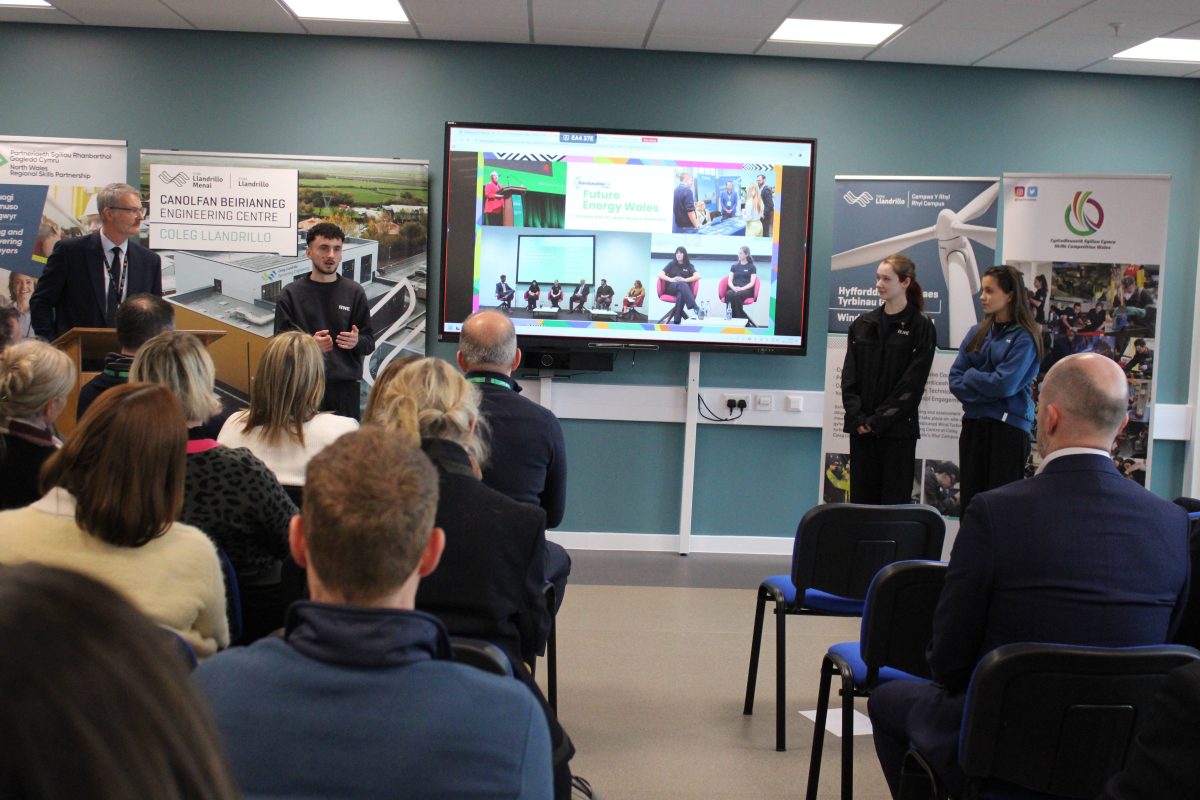Guidelines for Artificial Intelligence from the 18th Century

Research from the University of Kent (@UniKent) and Aalto University (@AaltoUniversity), Finland, has concluded with four key guidelines for how society should view and utilise Artificial Intelligence (AI), based on fictional scenarios in 18th Century literature.
The paper, ‘Embodiment in 18th Century Depictions of Human-Machine Co-Creativity’, notes that AI is viewed broadly as a tool to enhance creativity, but is actually developed to such sophistication that the AI can become co-creator to the final product.
Whilst this is evident in modern computer software, ideas about creative AI feature in many books from the past, particularly in works of fiction, drama and poetry.
The 18th Century was the period of the Industrial Revolution and the Enlightenment across Europe, and many advances were made in the development of ‘automata’ and other robotic systems. The literature of the time reflects this with such broadmindedness that it still highly relevant in our own AI-dominated world.
The researchers studied examples from across the literature of the century, including Goethe’s play Faust, Sterne’s novel Tristram Shandy, Hoffmann’s short story ‘Automata’ and Coleridge’s poem ‘The Eolian Harp’.
The researchers then developed four guidelines for utilising AI for the greatest opportunities of creative output.
They are:
1. Creative AIs may take strange forms
18th Century AIs rarely resemble human beings. In Tristram Shandy, one of the main creative systems takes the form of a bowling green. In Coleridge’s ‘The Eolian Harp’, the creative system is a harp made of wood and catgut. The research proposes that if scientists wish to explore new kinds of artificial creativity, they should be open-minded about the form their system takes.
2. An AI’s creativity may come from its environment
The research proposes that whilst much attention is directed towards the systems of AI, more focus should be on the situations within which AI can react creatively. Using such examples as Dorothy Kilner’s novel Adventures of a Hackney Coach, scientists can consider how a system’s environment shapes the kinds of output it can produce.
3. An AI’s appearances can deceive
A robot doesn’t need to be large and strong to be powerful. The minimal physical presence of typical household AI like Siri or Alexa can conceal vast capacities stored in distant data centres. Goethe foresaw this risk in Faust. The AI character Homonculous has a small and fragile body, but actually his diminutive size enables his vast capabilities.
4. Let the AI take the lead
We often assume that only humans can act freely and independently, while computers are dull and passive. The research shows that this assumption about computers can be misleading. Often we can only appreciate the risks or potential benefits of AI if we accept that AIs are agents too, and see the situation from their perspective.
Dr Michael Falk, Lecturer in Eighteenth-Century Studies at Kent’s School of English said:
‘This research perfectly demonstrates the essential power of creativity and the ways in which it is able to manifest itself. Here we see fictional creations of 18th Century literature communicate ideas and characteristics that we still can draw inspiration from in today’s tech-centred society.’
Dr Anna Jordanous, Senior Lecturer at Kent’s School of Computing said:
‘Our findings not only give a set of guidelines by which to view and utilise AI, but also demonstrate that creativity can be sourced throughout a massive array of concepts and scenarios. If we allow AI research to be inspired by – and to inspire – the unhindered imagination of creative people, this opens up a breath-taking variety of new possibilities for co-creativity between humans and technology.’
The paper, ‘Embodiment in 18th Century Depictions of Human-Machine Co-Creativity’ is published in Frontiers in Robotics and AI (Aalto University: Dr Anna Kantosalo, Post Doctoral Researcher; University of Kent: Dr Michael Falk, Lecturer in Eighteenth-Century Studies, School of English; Dr Anna Jordanous, Senior Lecturer, School of Computing).











Responses